How to Pheasant Hunt – 7 Basic Tips & Tricks
Last Updated on
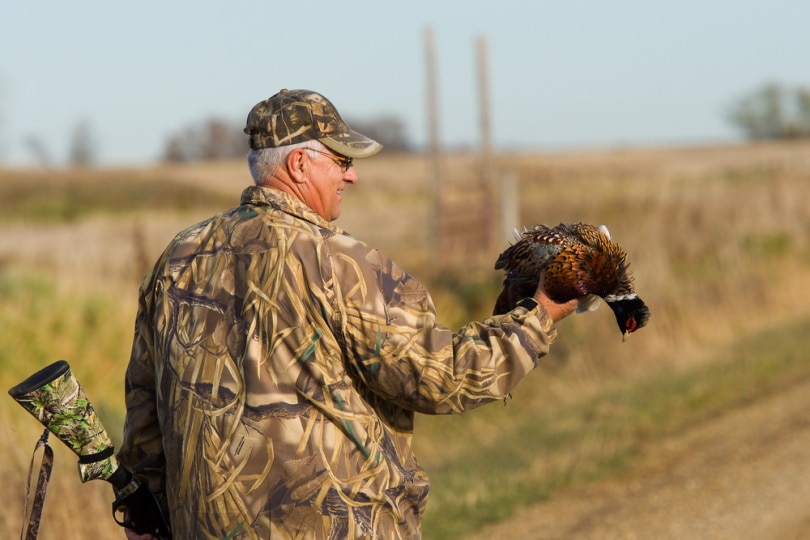
Pheasant hunting is one of the best ways to get started bird hunting, and millions of Americans hunt pheasant each fall. It can take years to truly master, but with the right equipment and preparation, nearly anyone can have a great time. Let’s check out some of the most useful tips and tricks to get you started pheasant hunting this autumn.

How to Pheasant Hunt – The 7 Basic Tips & Tricks
1. Keep Quiet
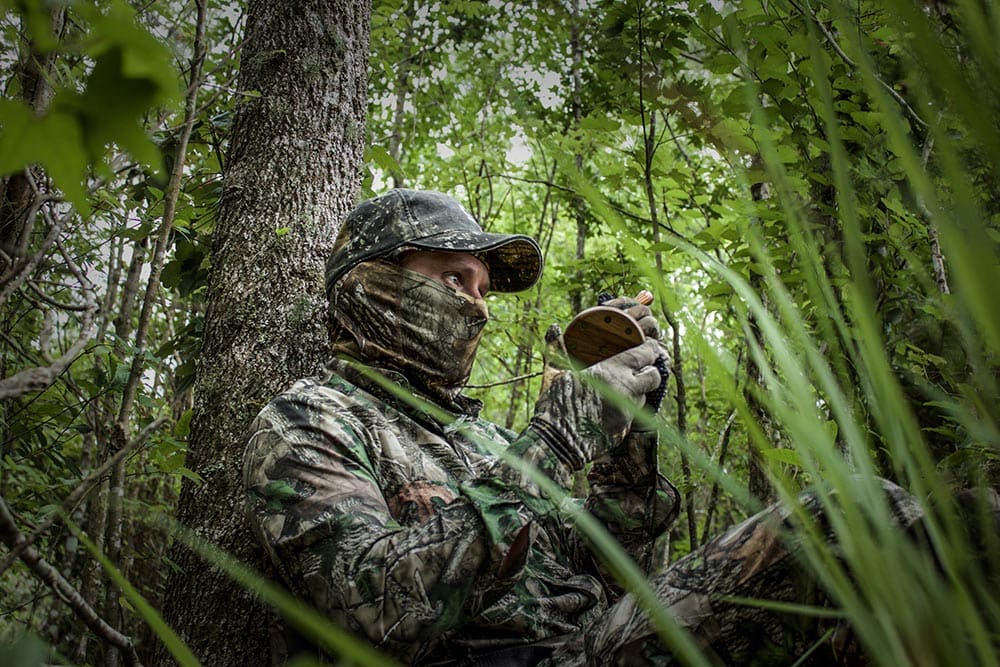
Just like hunting deer or quail, hunting pheasants requires quiet. Loudly chattering, slamming your truck door, and carelessly moving things around can alert nearby pheasants. These birds have very good hearing to protect them from predators, so it pays to be careful. Step lightly and avoid stepping on dry leaves or branches, and be as quiet as possible before and during your hunt. If you scare them off, it could take hours or even days before they return to the area.
2. Hunt In the Morning & Afternoon

Many hunters are retired by the afternoon, but pheasants tend to move out of heavy brush during those times to forage some more. While you can catch them foraging in the early morning, trying again before it gets dark can pay dividends. It can be useful to spend some time observing the local population to determine where they go on a day-to-day basis.
3. Don’t Lose Patience
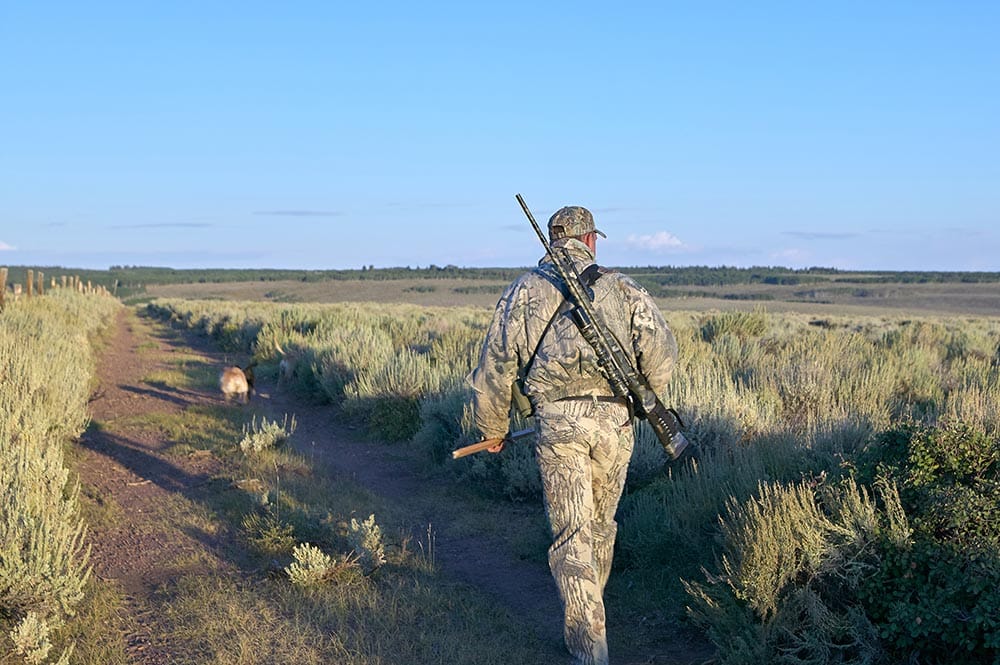
New hunters are often the most impatient, but seasoned vets know that waiting pays off. There may be a predator in the area that drove the birds away, but other hunters in the area can just as easily drive birds right into your sights. If you think the pheasants have hunkered down under cover, use a hunting dog to check the brush in the area. Usually, that’s enough to flush them out and bag a rooster.
4. Hunt When It Gets Cold
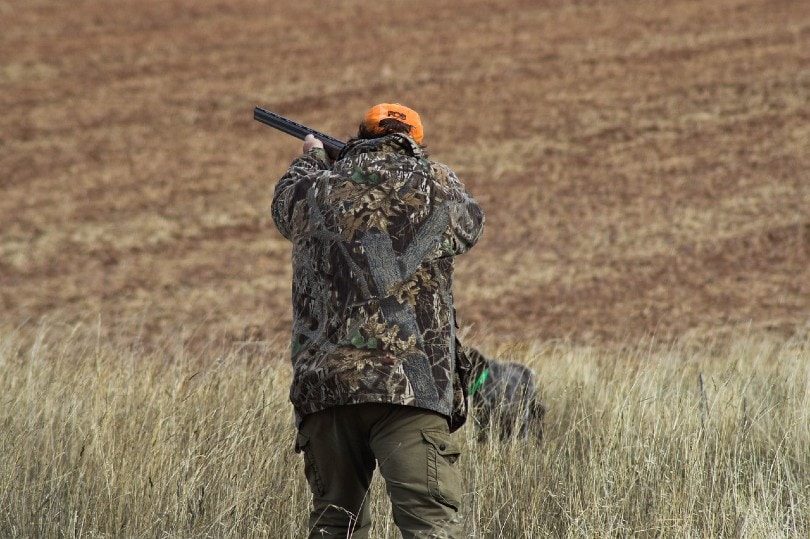
During the first cold spell of the year, the wet and cool conditions make scenting much easier for dogs. Snow also helps eliminate some habitats for pheasants, reducing the areas they can frequent. Also, once the snow melts, it’s much easier to find pheasant tracks.
The downside of cold weather hunting is that it can drive the birds into cattails, reeds, and other tricky areas. However, cattails are navigable once the ice is thick enough to walk on. Consider whether you’re willing to chase them into those areas before committing to a winter hunt.
5. Know the Rules

Part of good hunting is knowing the regulations for your locale. Many regulation books will include information about nearby hunts, locations, and tagging requirements. For example, you can’t bag a pheasant in Oregon without recording it on your tag.
Most states highly recommend wearing orange or fluorescent clothing to prevent confusion among hunters and reduce potential accidents. Most crucially, regulations will inform you on how many birds you’re allowed to bag per day and cumulatively.
6. Make Friends
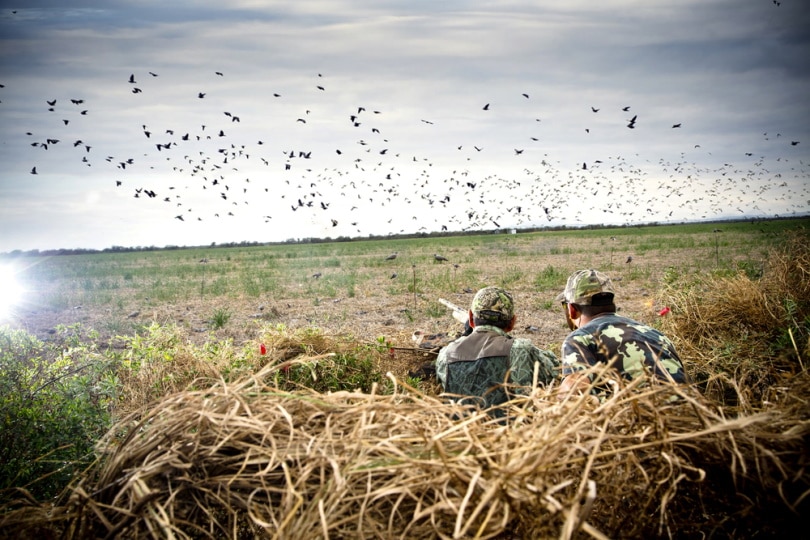
Solo pheasant hunting can be a harrowing experience, but it doesn’t have to be. Private hunting clubs are one place you can go to make hunting buddies, train your dogs, and find out about upcoming events. It helps accelerate the learning curve to befriend someone more experienced than you and ask them to be a mentor. Even just running into another hunter out in the wild can be an opportunity to make a lasting friendship, so don’t be shy!
7. Preparation Leads to Perfection

Sure, you can just go out hunting blind, but some prep work is invaluable in gaining info about the birds. If you can, visit the area before your trip or event to observe how the birds act and where their preferred spots are. You can also get a better idea of what kind of cover they use, which will make things easier on your dogs. Other essential preparation includes brushing up on your accuracy and reacquainting your dogs before you head out.

Conclusion
Pheasants are one of the most popular upland birds to hunt, and hunting helps you connect with nature and get some much-needed quiet time. Taking your time to prepare, familiarize yourself with regulations, and our other tips above will help make the difference between a productive trip and a frustrating one.
Featured Image Credit: Steve Oehlenschlager, Shutterstock
About the Author Codee Chessher
Codee Chessher is a freelance writer with extensive knowledge on a variety of subjects that include travel, sound engineering, automotive, optics, DIY, pets, and more. He has a colorful past that includes building schools and commercial driving, but the written word was always his first love and continues to be his passion. He believes there's nothing a well-worded sentence can't accomplish.
Related Articles:
How to Collimate Binoculars: 9 Expert Tips
How to Clean a Rifle Scope: 8 Expert Tips
How to Choose Binoculars for Bird Watching: 10 Expert Tips
10 Types of Hummingbirds in Arkansas (With Pictures)
8 Types of Hummingbirds in Nebraska (With Pictures)
5 Types of Hummingbirds in Idaho (With Pictures)
3 Types of Hummingbirds in Mississippi (With Pictures)
8 Types of Hummingbirds in Kansas (With Pictures)
